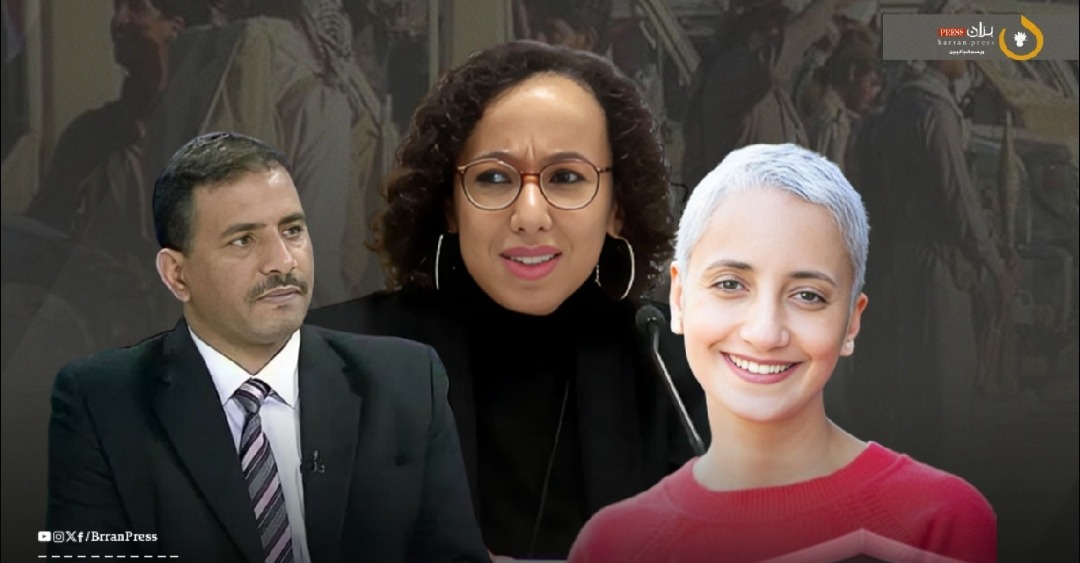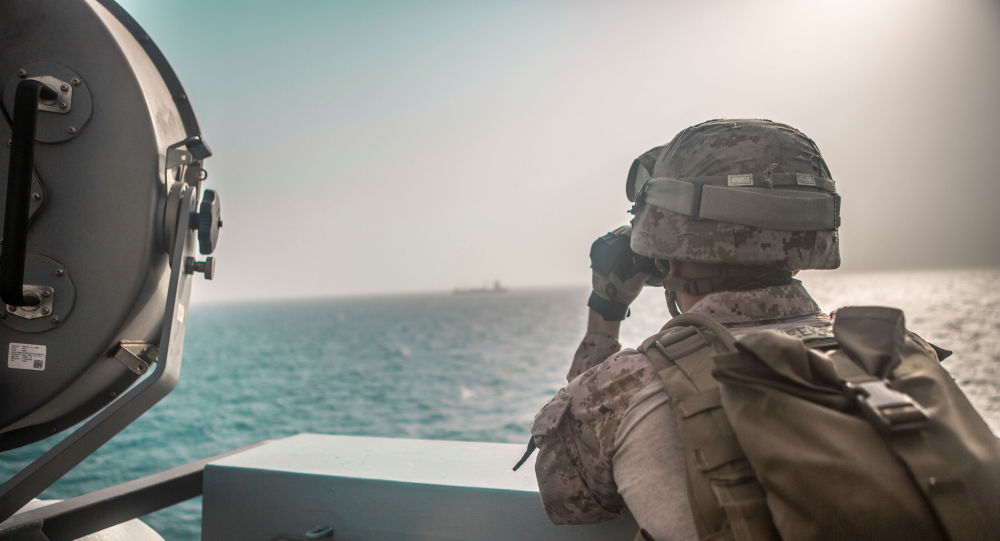
Bran Press - Reporting Unit:
On September 18, 2024, Yemen marks the tenth anniversary of the "Matareh" movement in Marib, where residents of the northeastern province united to resist Houthi attacks aimed at seizing the oil-rich region by force.
The people of Marib voluntarily gathered at these popular camps, known as "Matareh," on September 18, 2014, forming a formidable barrier against the advancing Houthi forces from the north, west, and south of the province.
The establishment of the "Matareh" came about two months after the Houthi mobilization towards Marib and their assaults on tribal communities in border areas with Al-Jawf and Sana'a, following their capture of the city of Amran in July 2014. This coincided with their armed advance towards the capital, Sana'a, which they captured on September 21, 2014.
Notably, the "Matareh" attracted members of the Marib Tribes from various political and social backgrounds, equipped with personal weapons, embodying a strong sense of unity among tribes, political parties, and local authorities.
In this report, Barran Press engages with experts and researchers to discuss the significance of the "Matareh," the implications of the Marib tribes' stance during that historic moment, and how the Marib Experience can be utilized to foster cooperation between society and local governance in confronting threats, establishing peace, and achieving development in the country.
Not Surprising
Nadwa Al-Dawsari, a researcher at the Middle East Institute, stated that it was not surprising for the Marib tribes to unite in the face of the imminent Houthi threat in 2014. She added that "the tribes view the Houthi threat as an existential danger."
In an exclusive interview with Barran Press, Al-Dosari recalled, At that time, there were several mediation efforts between the Houthis and the tribes, as the tribes sought to convince the Houthis to reconsider their decision to control the province. However, all mediation attempts failed, as the Houthis insisted on seizing Marib.
Al-Dosari, who specializes in tribal affairs and informal governance in Yemen, noted that the Marib tribes have a long history of organizing within political parties, civil society, and as tribes to defend their community and regional issues. This is unsurprising.
Crucial Role
Afrah Nasser, a researcher at the Arab Center for Research and Policy Studies in Washington, emphasized that the Marib tribes played a crucial role in resisting the Houthi coup, unlike other northern provinces that fell under Houthi control.
In her exclusive remarks to Barran Press, Nasser explained that the tribes in Marib stood firm against the Houthi expansion thanks to their strategic defense, which kept battles away from populated areas, describing this resistance as vital in maintaining Marib as a refuge and center of resistance.
Additionally, Nasser noted that the local authority in Marib successfully achieved integration and solidarity among political and social components. Despite limited armament, the legitimate forces in Marib managed to resist the Houthi advance, adding that this military strength worked diligently to protect Marib and turned the circumstances into an opportunity for it to become a stable refuge for internally displaced persons.
A Supplement to the State
According to Adel Dashela, a researcher at Columbia University's Middle East Studies Center, many Yemeni tribes, whether in Al-Jawf or Marib, felt threatened when the Houthis overran the capital Sanaa, and began expanding southward, eastward, and westward.
To counter this expansion, Dashela said the Marib tribes organized these traditional tribal gatherings known as the Matareh. This tribal mobilization succeeded in assisting the state and preserving Marib until today, he added.
The researcher further explained that Marib opened its doors to tribesmen who fled the brutality of the Houthi movement, especially from the governorates of Amran, Hajjah, Saada, Al-Mahwit, Dhamar, Raymah, Ibb, Taiz, Al-Bayda, and other areas, and joined the national army and popular resistance against the Houthi group. This alliance played a major role in stopping the Houthi expansion.
Dashela stated that the Yemeni tribes became "a supplement to the state" when they felt that the Yemeni national state institutions were absent, and they had to defend their lands, members, and those who sought their help. Marib thus became a major center for all those who fled the brutality of the Houthi group.
Rejecting the Sectarian Project
Regarding the political, social, and cultural factors that motivated the tribes to confront the Houthis, Dashela said that one of them was "the non-acceptance of the Houthi group's project, as it is a doctrinal political movement seeking to consolidate its political and military project by force."
He added that "the Yemeni cultural and social heritage does not accept the Houthis' view of the components of Yemeni society based on the concept of master and slave, and therefore the political, cultural, and social factors helped the tribes and strengthened their cohesion to confront the Houthi project, and they succeeded in doing so."
A Cooperative Relationship
Regarding the relationship between the tribes and the state, Nadwa Al-Dawsari said that "despite the existence of tensions between some tribes and the state in the past, the relationship between them was generally one of cooperation."
She explained in her interview with Barran Press that the tribes "wished to see state institutions working efficiently." The tribesmen also "felt concerned about the fall of the state into the hands of the Houthis in Sanaa, and realized from the beginning that the Houthis wanted to control the province for oil, and more importantly, that the group was seeking to restore the Imamate."
Therefore, Al-Dawsari said, "The tribes did not want to sit and watch this happen before their eyes. They, therefore, organized their ranks and decided to defend their areas against the Houthi incursion." She affirmed that this was not just a struggle over land and honor, but a struggle for freedom and the preservation of the Yemeni state, and that the tribes acted on behalf of all Yemenis.
Unity and a Qualitative Leap
Regarding Marib after 2015, researcher Dashela confirmed that it was not the same as it was before, as it achieved, in his opinion, a 'qualitative leap' in the fields of reconstruction, economy, security, health, and higher education during the war period.
He said, "When everyone, state institutions, and community forces, including the tribe, come together, there is a kind of convergence and solidarity, and it becomes difficult to defeat this type of alliance."
Dashela emphasized the importance of "tribal alliances" in the state's collapse phase, stressing that the state cannot be restored without the tribe, and the tribe cannot live separately from the state in this time, especially.
He said that the tribe is a major component of Yemeni society, and it must be taken into account that this component cannot be eliminated; because Yemen is a country of tribes, and the vast majority of the population are tribesmen, considering whoever tries to distance the tribes from the scene is like plowing in water, and whoever tries to diminish the importance of the role of the tribes in restoring the state does not know the political, cultural, social, and civilizational history of the country."
A National Symbol
In this regard, Nadwa Al-Dawsari said that Marib has today become a national symbol and an icon of resistance and hope. She added that "in a short period of time, Marib witnessed rapid growth, not only in population, but also in development and investment, and three million Yemenis, most of them displaced, now consider it their homeland."
She continued, There is an active civil society working with both the tribes and local authorities to meet the needs of communities in Marib, and there is also cooperation between the tribes and local authorities to maintain security and peace.
Overall, she said that Marib is one of the few areas that are witnessing progress compared to the rest of the country. She concluded her interview with Barran Press by saying, "We can say that Marib represents the greater Yemen as it goes through a transitional phase."
A Model of Integration
Regarding the "Marib experience," Afrah Nasser said it offers valuable lessons in achieving integration between society, political parties, and local authorities.
She pointed out that the city's ability to unify various groups for a common cause, maintain relative stability despite immense pressures, and adapt to rapid changes can serve as a model for other regions facing similar threats.
The researcher at the Arab Center in Washington believes that this approach can help in formulating development strategies and conflict management in other parts of Yemen.





